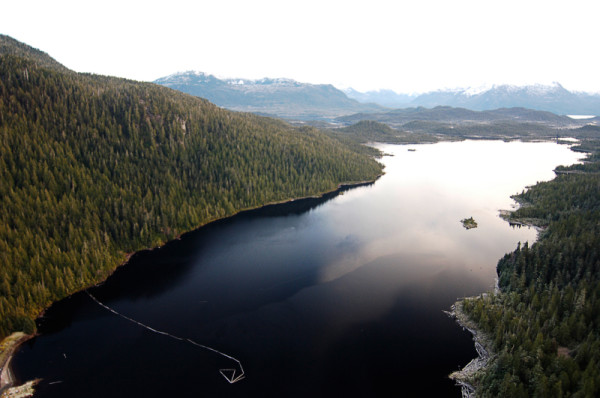Adding it all up
Written by Sharlene Shaikh, Associate Specialist, Marine and Coastal Planning and Research
Northern British Columbia boasts one of the longest rivers and largest estuaries in the province. The Skeena River, unobstructed from headwaters to the sea, and its highly productive estuary form a powerhouse ecosystem that supports livelihoods and provides food, recreational and cultural benefits to many.
While the Skeena ecosystem has been largely pristine for many years, things may soon change as the area is pegged for rapid commercial and industrial expansion. A suite of major projects are proposed for the region, including liquefied natural gas (LNG) facilities, mines, and oil and gas pipelines and the expansion of shipping associated with such projects.
The footprint of each new mine, pipeline, water license and other development will cause stress on the environment. While the impacts of a single project may be relatively minor, the combined effects of multiple projects can have significant adverse effects, eventually compromising the ability of the ecosystem to maintain its health and to support the values that rely on it. We need to do a better job at understanding and handling cumulative impacts. This message was made abundantly clear by the recent B.C. Auditor General’s report on the state of cumulative effects management, which specifically called out the Skeena region as a hotspot for cumulative impacts
Last year, WWF-Canada began a cumulative effects assessment project to quantify the threats facing the Skeena River and estuary from human activities and climate change. The analysis focused on eulachon, eelgrass, Chinook salmon, and Northern resident killer whales due to their ecological and cultural importance. As keystone species, impacts to these species’ well-being serve as indicators of the overall level of threat to the ecosystem. In addition, the species are also economically and culturally important to coastal communities and First Nations. For example, the Skeena River boasts one of B.C.’s best salmon runs and salmon stocks are a key contributor to commercial, traditional, and recreational fisheries.
Through soliciting input from over 50 scientific experts, local and traditional knowledge holders, we are gaining critical information about the vulnerability of these species to various threats. Our next step is to combine these insights with information about the intensity of current and potential future human activities so that we can understand and communicate the impacts of industrialization.
The results of this work will help promote effective land and marine use planning in B.C. Planning not just for our keystone species, but for all species that depend on a well-managed and balanced ecosystem. Decision-makers, informed on the key stressors on valuable ecosystem features and where they occur, can make good decisions on which projects to allow and where they are best situated to reduce the risk of environmental harm.
By developing science-based tools to understand cumulative effects, WWF-Canada is working to help conserve the Skeena region and the values it supports, both now and into the future.


